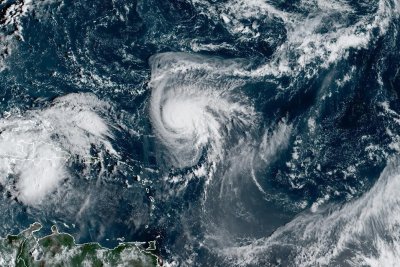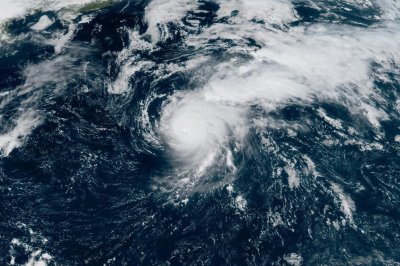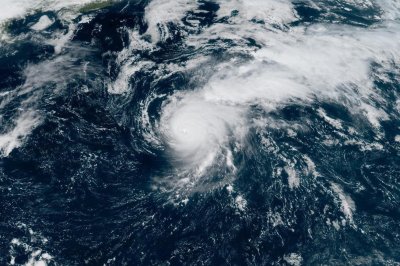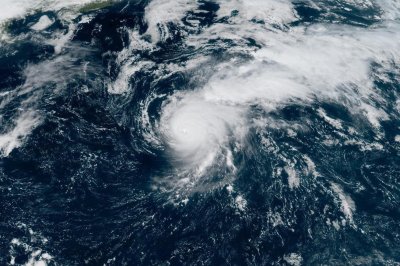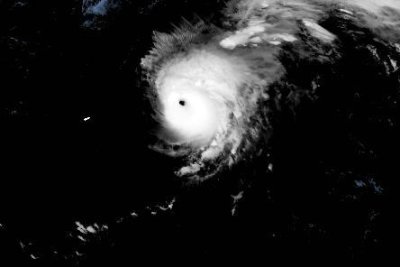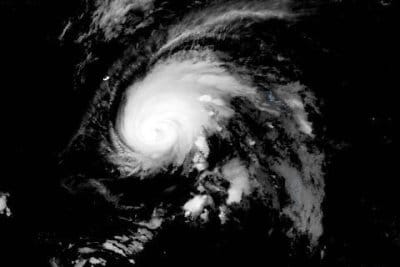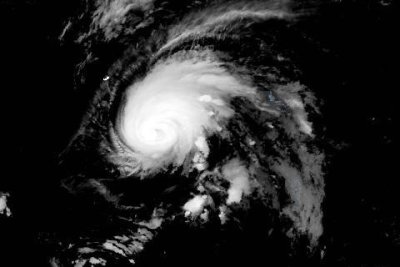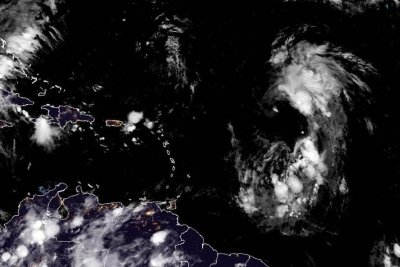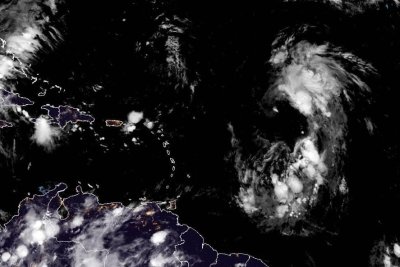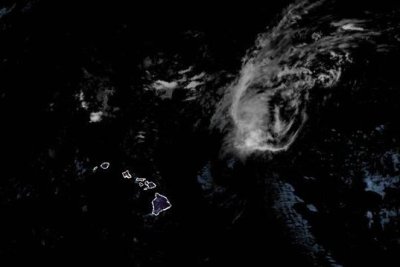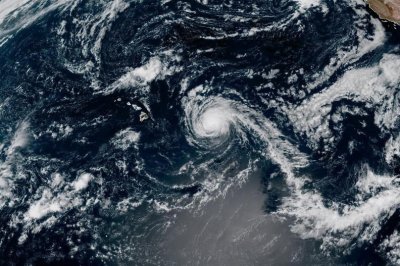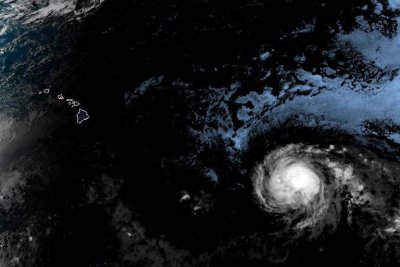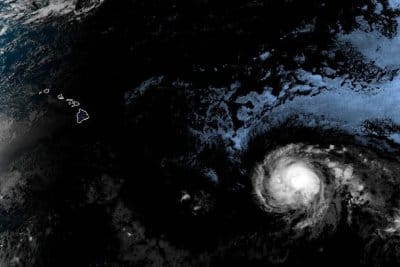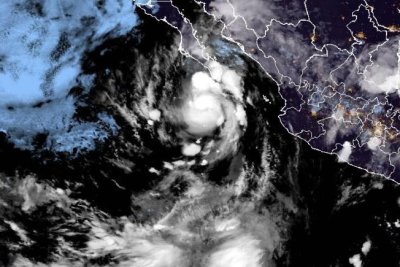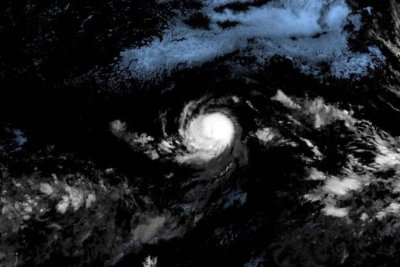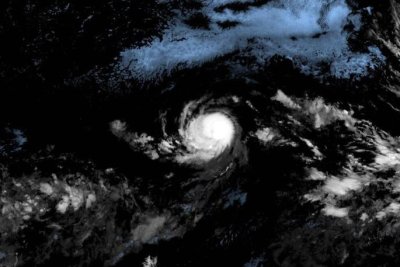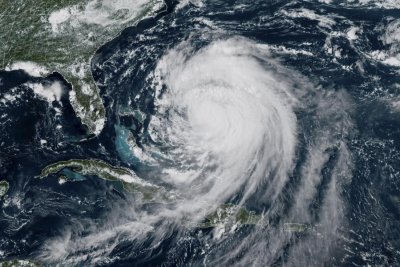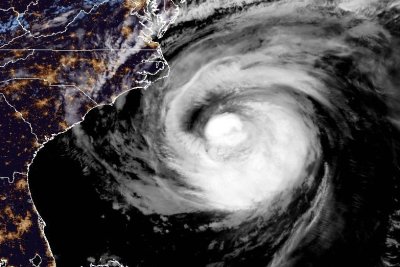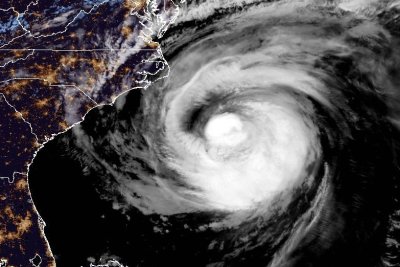Hurricane Gabrielle could even have knock-on effects on the weather in the UK with reports of heavy rainfall on its way
The Foreign, Commonwealth and Development Office (FCDO) has issued an urgent travel update for anyone planning to visit a popular Portuguese hotspot or its surrounding regions. It comes amid a warning published today (September 25) with the government department alerting travellers to an approaching storm that’s expected to hit very soon.
Its update forms part of the Foreign Office’s Portugal travel advice which also includes Madeira, Porto Santo and the Azores. In its latest advisory, it noted that a tropical storm warning has been issued specifically for the Azores, where adverse weather conditions are anticipated to develop rapidly – and where around four million tourists visit a year, with Brits the top nation for visitors.
The travel experts highlighted that Hurricane Gabrielle is forecast to reach the Azores during the afternoon of September 25, urging travellers in the region to stay informed and take precautions if needed. Because of the expected weather conditions, there could “be disruption to services due to hurricane force winds and possible coastal flooding.” People are being urged to take care and read up on the latest advice over the next few days.
Noting that “hurricanes can change course and intensity”, it stated that the situation is being closely monitored by the US National Hurricane Center. It further advised people follow the guidance of their local authorities, adding: “If you are due to travel, check for updates from your travel provider.”
The US National Hurricane Center website warned travellers that currently, “a hurricane warning is in effect for all of the islands of the Azores, and hurricane conditions are likely tonight into Friday. Significant hurricane-force wind gusts are likely across portions of the Azores even after the center passes.”
The warning continues: “A dangerous storm surge is expected to produce significant coastal flooding in areas of onshore winds in the Azores. The surge will be accompanied by large and destructive waves.”
As well as this, “heavy rainfall from Gabrielle could produce flash flooding across the terrain of the central Azores tonight through Friday morning. Swells generated by Gabrielle will continue to affect Bermuda during the next couple of days, and the east coast of the United States from North Carolina northward and Atlantic Canada for the next day or so.”
Guidance from the experts concluded: “These swells are likely to cause life-threatening surf and rip current conditions. Please consult products from your local weather office.”
What to do if you are affected by flooding or a storm
Flooding may result from heavy rainfall, tropical cyclones, or tsunamis. These events can cause extensive damage, including loss of life and major disruption to transport networks. During a flood, there is a significant risk of drowning and after, the likelihood of contracting water-borne diseases such as malaria or typhoid fever increases.
People can find out more about flooding from TravelHealthPro (from the UK’s National Travel Health Network and Centre), the World Health Organisation and the Met Office. In addition to flooding, tropical cyclones cause “considerable loss of life” every year. They can also cause “immense damage to property, and damage transport, electricity and communication infrastructure.”
Tropical cyclones gain energy from the heat released when moist air rises into the atmosphere. Hurricane season takes place during the months when sea surface temperatures in a given region are at their peak.
Highest risk:
- June to November in the Northern Hemisphere Tropics (Caribbean, Atlantic, Southeast Asia, Pacific, Far East)
- November to April in the Southern Hemisphere Tropics (for example, East Africa coast)
Tropical cyclones can cause:
- high winds: buildings can be damaged or destroyed; trees, power and telephone lines fall; flying debris becomes dangerous
- storm surge: a hurricane can cause a temporary rise in sea level of several metres which can flood coastal areas and damage buildings on the shoreline
- very heavy rainfall: this can cause localised or widespread flooding and mudslides
You can find the latest Portugal travel advice here. Please keep an eye on the Foreign Office before and during your holiday.
